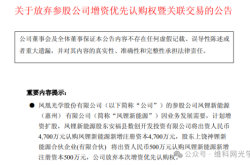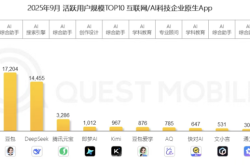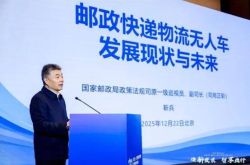Can joint ventures hold on?
![]() 08/14 2024
08/14 2024
![]() 418
418
Surviving in the cracks
The price war that has persisted since last year still shows no signs of ending. After most brands have chosen to lower prices, the price war seems to have turned into an endless internal drain.
Recently, BMW, Mercedes-Benz, and Audi have all reduced their terminal discounts to varying degrees, announcing in different forms that they will stop "lowering prices to maintain sales" and instead "reduce sales to maintain prices." Subsequently, multiple brands, including Volkswagen, Toyota, Honda, Volvo, Cadillac, and others, have also adjusted their terminal policies and reduced their discounts.
"The current price competition is mainly about directly breaking through the lower limit of the original price, rather than increasing the configuration without lowering the price," said Cui Dongshu, Secretary-General of the China Passenger Car Association. The price war does not significantly boost short-term sales, especially when prices are unstable, and consumers are particularly hesitant to make purchases.
Recently, mainstream joint ventures have taken various actions to adjust terminal prices, which is seen by the industry as a signal that they will collectively withdraw from the price war. After more than a year of price wars, most brands have not achieved their expectations of "trading price for volume," but rather have suffered from "losing both price and volume," resulting in a harsh environment for dealers and continuous conflicts with manufacturers.
"Price wars are unsustainable, and companies still need to build their brands well. What we need to consider is how to fulfill our promises to customers," said Yu Jingmin, Executive Vice President of Sales and Marketing at SAIC Volkswagen, in a recent interview. Rolling prices for the market is irresponsible to customers. In an era of intense competition, the most important thing is to build a moat for the brand, form brand recognition and customer groups, and continuously deliver brand services to customers.
In fact, starting in June, many automakers' executives have publicly stated their opposition to unlimited price wars. Now, as joint ventures withdraw from the price war one after another, are they cutting their losses in a timely manner or resorting to drastic measures to survive amidst "losing both price and volume"?
Price increase
"I bought a BMW 3 Series in June, and by the end of July, the price had gone up by 30,000 yuan," said Xiao Wang, a car owner. He was glad he didn't procrastinate, as the price has reportedly risen again recently.
Many netizens have reported that the prices of multiple BMW models have increased by varying degrees. For example, the X3 Exclusive Edition, which was priced at 330,000 yuan last month, has risen to 377,000 yuan this month. The i3, which was once sold at a "50% discount," has also seen an increase of 20,000-30,000 yuan after financial policy incentives. According to sales personnel, the inventory of i3 vehicles in the store has been almost depleted, and prices may rise by another 30,000-40,000 yuan in the next two months.
Mercedes-Benz has also seen significant price increases. According to netizens, the discount for the Mercedes-Benz E300 Luxury Edition was about 30,000 yuan at the beginning of July, but it has now narrowed to 20,000 yuan, depending on the inventory and sales situation of each dealership. Some netizens even reported that after visiting a dealership, they intended to wait and see but were notified that evening that the price had risen by 5,000 yuan, and it continued to fluctuate daily. Others shared that the total price of a Mercedes-Benz CLE 260 on finance was 420,000 yuan before, but it has now risen to 460,000 yuan, while a higher-spec CLE 300 with a lower total finance price of 440,000 yuan was available just a few months ago.
Audi is also experiencing similar price increases. Some netizens have shared that they negotiated a price of 217,000 yuan for an Audi Q3 in early July but found that the price had risen to 227,000 yuan when they went to pick up the car later in the month, feeling fortunate that they had acted early and saved 10,000 yuan. Many car owners have had similar experiences: the Audi A4L, which could be purchased for 195,000 yuan bare in June, is now priced at around 210,000 yuan at dealerships. The Q5L and A6L have also seen price increases of 10,000-20,000 yuan compared to June prices.
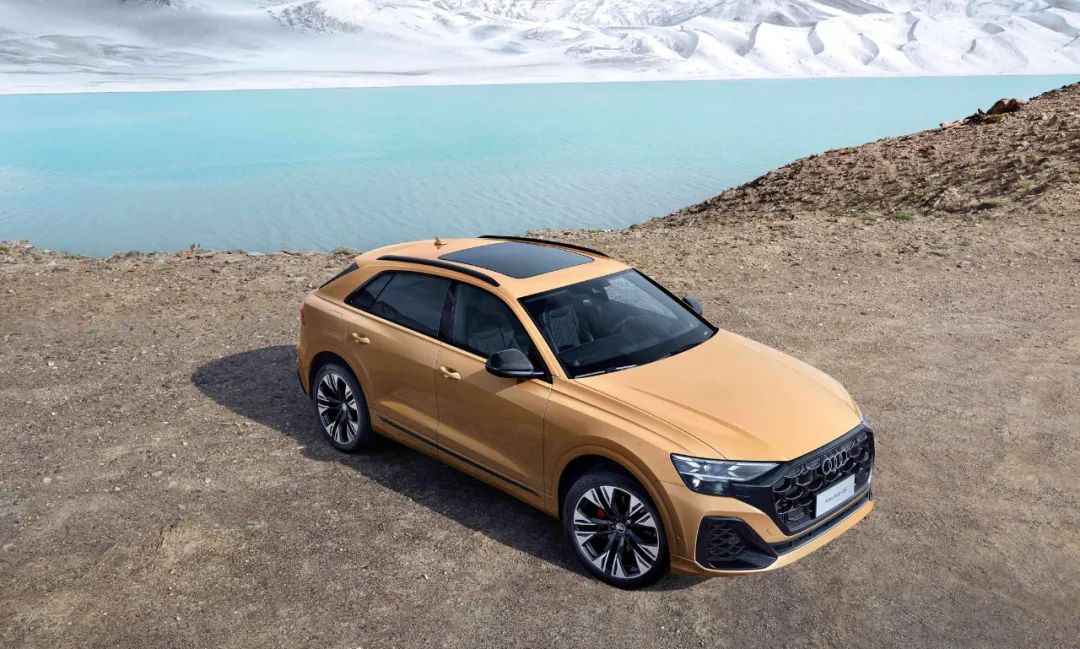
Image source: Audi
"Prices will continue to rise," sales personnel from multiple brands have informed customers during recent consultations. While many potential car buyers initially dismissed this as sales talk, it is now clear that joint ventures are indeed narrowing their terminal discounts to varying degrees.
In the view of industry insiders, in addition to strategic adjustments to withdraw from the price war, seasonal factors and inventory management are also important reasons affecting the price trends of joint venture vehicles. July and August are typically slow months for automobile sales, and after the June sales rush, inventory levels are low. Therefore, joint venture automakers may take the opportunity to adjust prices to respond to market changes.
Although Toyota, Honda, Volvo, Cadillac, and others have reported price increases, their overall prices are lower than those of luxury cars, so changes in terminal prices are not currently significant.
Forced to cut losses
Judging from the current situation, many joint ventures' withdrawal from the price war seems more like a reluctant move to cut losses.
Data shows that in the first half of this year, BMW (including MINI) sold 375,900 vehicles in China, a year-on-year decrease of 4.2%; Mercedes-Benz sold 352,600 vehicles in China, a year-on-year decrease of 5.8%; and Audi sold 320,400 vehicles in China, a year-on-year decrease of 1.9%.
Audi has mentioned that it is facing challenges in the Chinese market, including increased competition and a shrinking premium automotive market.
The situation is indeed not optimistic. Data from the China Passenger Car Association shows that in June, the retail share of German brands was 18.6%, a year-on-year decrease of 2.6 percentage points; the retail share of Japanese brands was 14.3%, a year-on-year decrease of 3.5 percentage points; and the retail share of American brands was 6.3%, a year-on-year decrease of 2.9 percentage points.
In recent years, the market share of Chinese brand passenger cars has continued to increase, while joint ventures have retreated step by step. In June, compared to Chinese brands, whose sales increased by 10% year-on-year, mainstream joint ventures saw their retail sales drop to 480,000 units, a year-on-year decrease of 27%. In 2020, joint ventures accounted for 60% of the passenger car market, but in the first half of this year, the roles reversed, and Chinese brands captured nearly 60% of the retail market.
The escalating price war has only added fuel to the competition for market share. Judging from the development trend, there are currently no signs that joint ventures' sales and market share declines will stop. As the automotive market fractures, the living space for joint ventures continues to be compressed.
On July 25, Honda Motor Co., Ltd. announced that in the face of fierce competition in China's electric vehicle market, the company will close one of its factories at Guangzhou Honda and suspend production at one of its Dongfeng Honda factories. This will reduce Honda's annual production capacity of gasoline-powered vehicles in China from 1.49 million to 1 million units. It is understood that this is Honda's first production reduction in China and the largest scale production reduction by a Japanese automaker in China.
Amid multiple chain reactions such as declining sales, market share losses, and factory production cuts, first-tier dealers are facing frequent red lights in their operations. Catalyzed by the price war, the contradictory operation of "selling one car and losing money" versus "not selling and losing even more" is almost overwhelming dealers. Shen Jinjun, President of the China Automobile Dealers Association, said that luxury brand dealers are starting to experience large-scale losses.
Therefore, after significant price reductions and inventory clearances in June, more and more joint ventures have chosen to withdraw from the price war, cut their losses in a timely manner, and restore their brand value, which is a reasonable choice.
David Diez, CEO of BMW Brilliance Automotive, said in an interview with the media that BMW will explore sustainable business models with upstream and downstream partners to ensure the survival of all partners into the future.
Serious situation
Although joint ventures have been pushed to the 40% market share red line, this is not the worst scenario. BYD Chairman Wang Chuanfu said at an event last August that by 2025, the market share of Chinese independent brands is expected to increase to 70%.
As Chinese brands continue to build higher barriers to entry in terms of intelligence and electrification, joint ventures, which are still dominated by gasoline-powered vehicles, have been slow to transform. Concepts such as equal prices for gasoline and electric vehicles, significant differences in intelligent configuration, and changes in brand value perception are causing more and more consumers to re-evaluate joint ventures.
A research report from CITIC Securities points out that due to slow response to changes in market demand and lagging strategic decisions, joint ventures generally missed out on the bonus period of rapid increase in domestic new energy penetration from 2020 to 2022. In the long run, we believe that the trend of joint venture automakers clearing out is difficult to reverse. The reason is that when the product cycle weakens periodically and it is difficult to quickly iterate the product matrix to reverse the downturn, the automaker can easily enter a "death spiral" of falling prices and volumes simultaneously. Coupled with the fact that domestic new energy enterprises are in a shuffling period, joint venture automakers with relatively slow market decisions are more difficult to break through.
Nonetheless, joint venture automakers are still sparing no effort to seek breakthroughs, giving rise to new technological partnerships. In 2023, deep collaborations between XPeng and Volkswagen, NIO and Stellantis, Volkswagen and JAC Motor, Great Wall Motors and BMW, among others, were seen as typical examples of Chinese automakers exporting advanced technologies.
On July 6, the three-door version of the fifth-generation MINI product, the all-new electric MINI Cooper, jointly developed by Great Wall Motors and BMW, was officially launched. This model is also the first from Beam Auto, a joint venture between Great Wall Motors and BMW, which plans to produce and sell MINI electric vehicles globally.
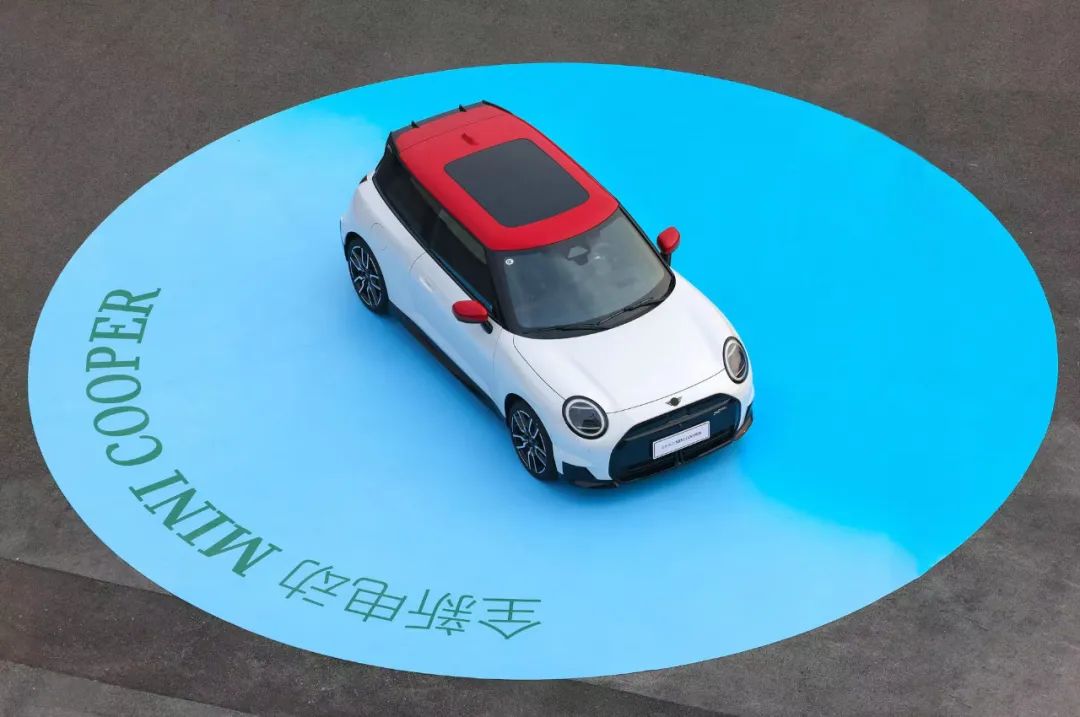
Image source: BMW
On July 11, Volkswagen and JAC Motor jointly announced the official launch of their first smart electric coupe SUV, the ID. & ZHONG. In the view of Stefan Mecha, CEO of Volkswagen Passenger Cars China, this smart connected vehicle, which keeps pace with the times, will attract more young users who pursue new lifestyles. The ID. & ZHONG also comes from Volkswagen (Anhui), a new joint venture between Volkswagen and JAC Motor, which is Volkswagen's third joint venture in China after SAIC Volkswagen and FAW-Volkswagen.
Among Japanese automakers, Toyota has also chosen to collaborate technologically with Chinese automakers. The Toyota bZ3, the second model in the bZ series launched last year, is a jointly developed model by Toyota, BYD, and FAW Toyota.
Joint venture automakers have launched new energy vehicle brands to cater to Chinese consumers' demand for electrification and smart technology, but this path may not be enough to accelerate the new energy transformation of existing joint venture brands.
The relatively slow product renewal of gasoline-powered vehicles, low product intelligence, scarcity of new energy products, and lack of prominent intelligent technology are still the main challenges facing most joint ventures. At the same time, Chinese automakers are also facing the dilemma of increasing sales of new energy products without increasing revenue, and the internal friction caused by price wars cannot be underestimated. Amid the trend of electrification and intelligence, where will this battle go?
This article is originally created by China News Auto. Welcome to share it with your friends. If you are a media outlet and wish to reprint this article, please indicate the author and source at the beginning of the article. It is strictly forbidden to use any content of this article to create videos or audio scripts without authorization. Violators will be held legally responsible.

